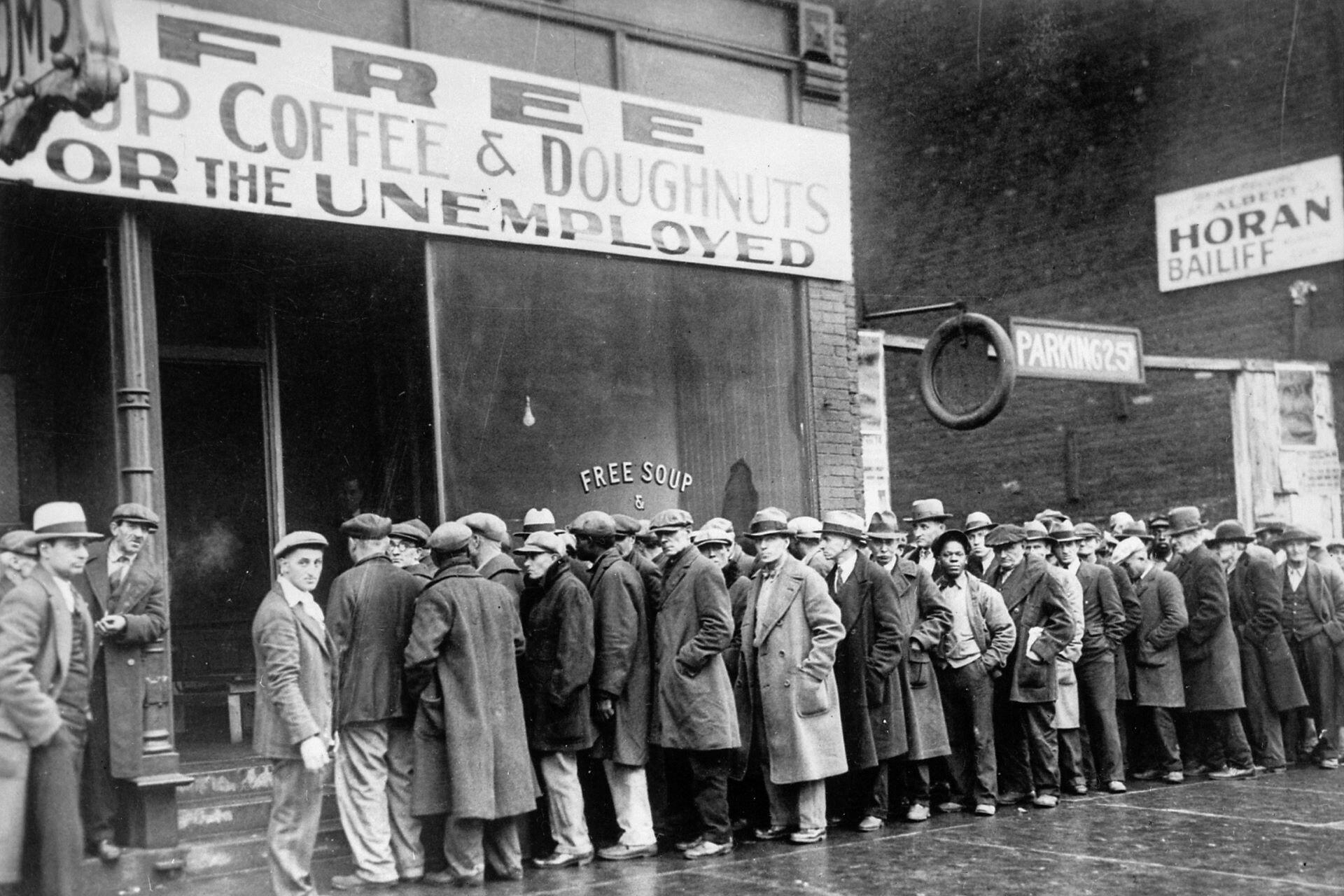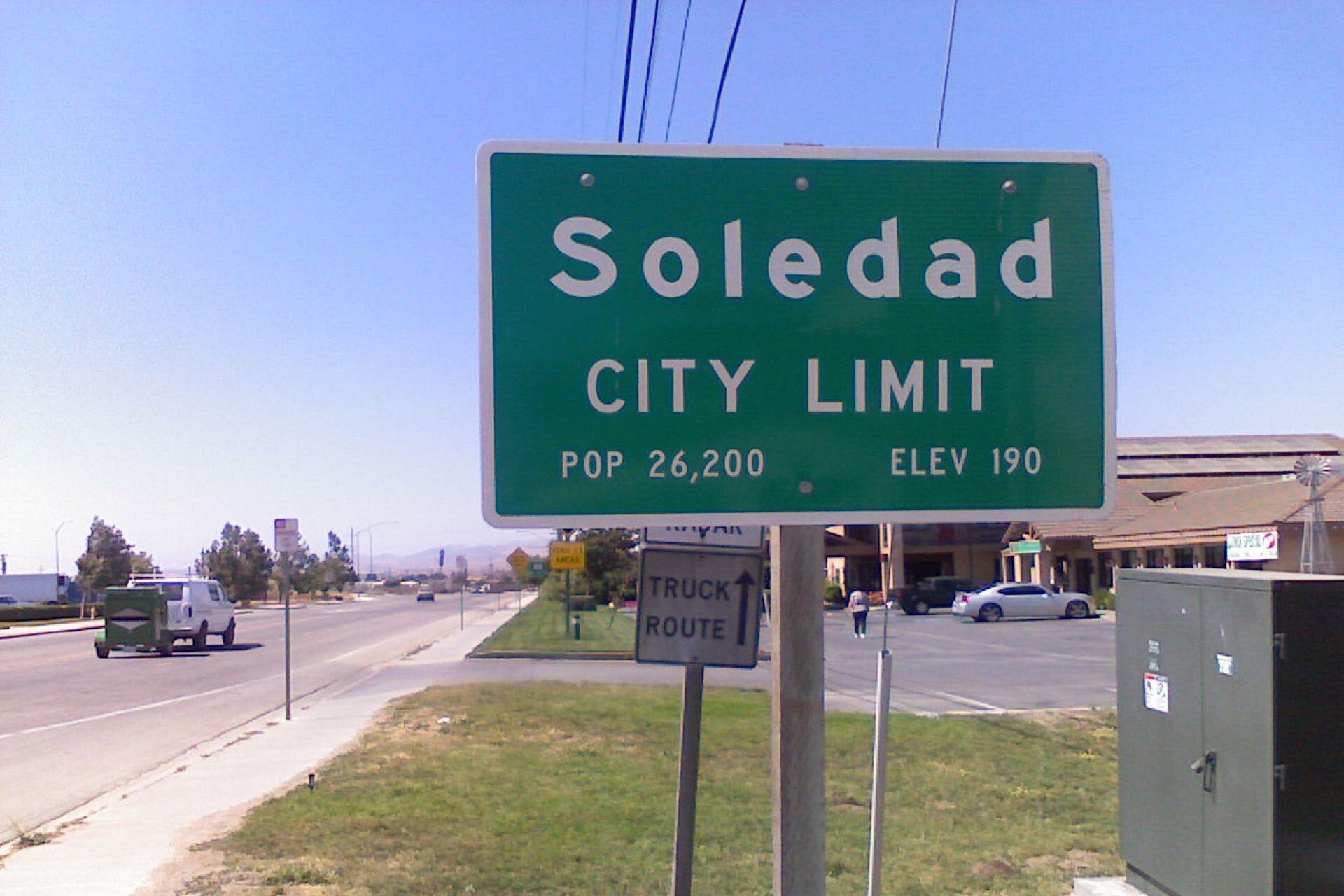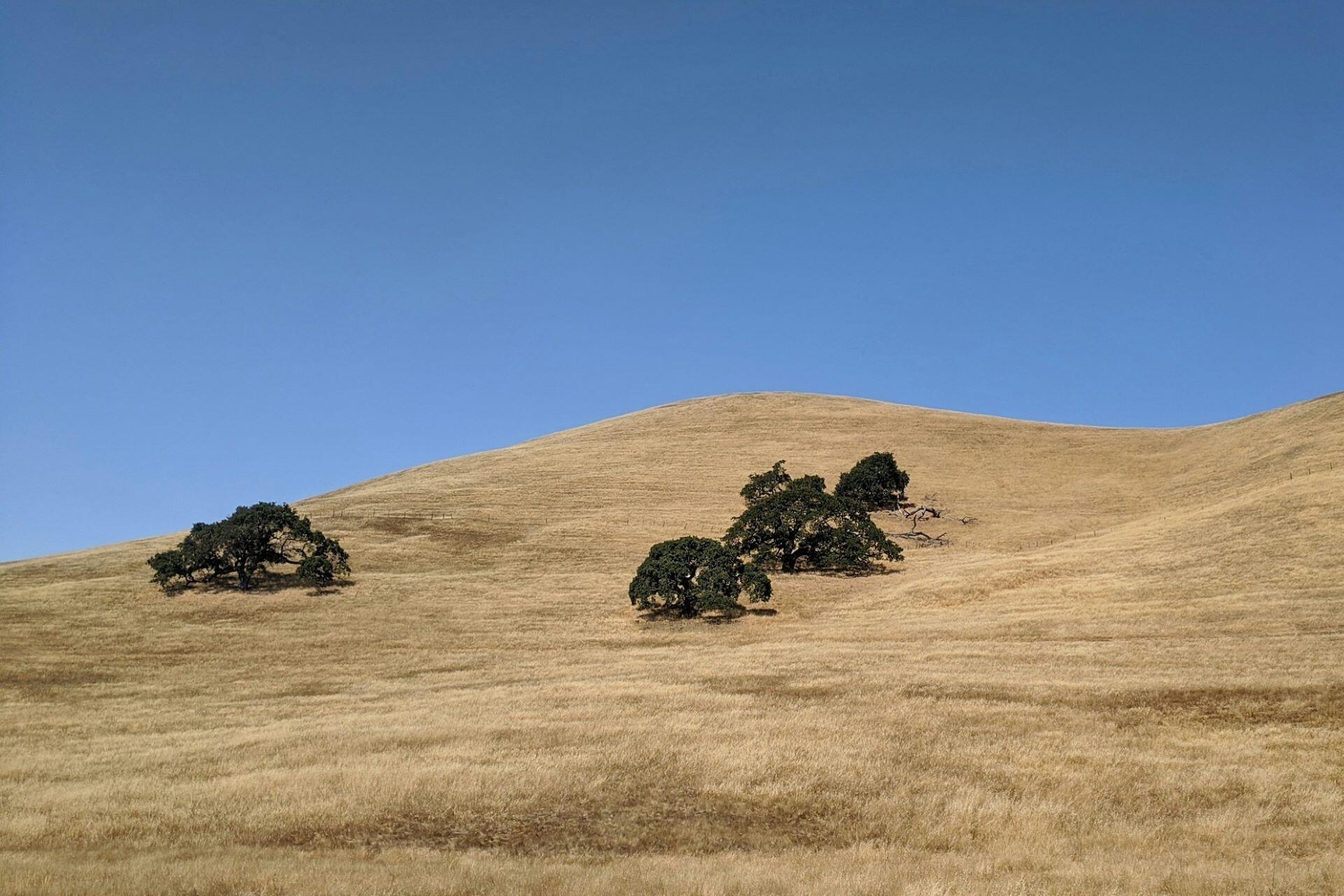📚 Book details
John Steinbeck's Of Mice and Men is a commonly studied text for GCSE English Literature. The book, first published in 1937, explores friendship, loneliness, dreams, and justice during the Great Depression. It's a short novella filled with vivid characters and emotionally charged themes that are still relevant today. Here, we'll break down the context, key themes, characters, and techniques.
Key Takeaways
- Author and Date: John Steinbeck, 1937 – set during the Great Depression & Dust Bowl
- Genre: Novella / social realism/tragedy
- Setting: Ranch in Soledad, California (Soledad = “solitude” in Spanish)
- Main Characters: George, Lennie, Slim, Candy, Curley, Curley’s wife, Crooks
- Key Themes: Loneliness, friendship, dreams, injustice, powerlessness, anger, forgiveness
- Form and Style: Simple, colloquial dialogue; realistic description of the natural world; short timespan (a few days)
- Big Idea: A tragic story of companionship and survival in a harsh, unequal world – exposing the vulnerability of ordinary people in 1930s America

The Historical Context and Characters in Of Mice and Men
Many people are currently facing extremely challenging financial situations. The news is full of stories about people wondering how they'll pay for heating and food. Our government is scrambling for solutions and not finding any. And yet, as tough as our circumstances are, they don't come close to rivalling the desperation that John Steinbeck tells us about.
He wrote Of Mice and Men during the Great Depression. He vividly portrays the conditions in Southern California, which was reeling from the effects of the Dust Bowl as well as economic turmoil. He populates his story with many memorable characters.

Of Mice and Men Overview
This novella was first published in 1937, shortly after John Steinbeck had become a full-time writer, supporting himself with his pen. Of Mice and Men tells the story of two friends who are itinerant farmhands in Southern California. Lenny is large, strong and mentally underdeveloped. George is quick-witted and small.
John Steinbeck wrote Of Mice and Men in 1937, at the height of the Great Depression. Millions of Americans were unemployed, and many travelled from farm to farm searching for work. Steinbeck himself worked alongside migrant labourers in California, and the people he met directly inspired the characters in the novella.
We know very little about their relationship or, indeed, their past. They may have been cousins or simply fellows well met. But their unity lies at the heart of the story. The reader observes George's tenderness towards Lenny and the latter's deference to his friend's superior intellect.

They express their caring in the rough language of working men. As the story reaches its tragic conclusion, George must make a terrible decision to have some hope for a life of his own. Any thoughtful analysis of "Of Mice and Men" reveals how Steinbeck balances personal loyalty with the crushing weight of economic and social realities.
Here's the plot quickly summarised for you.

Of Mice And Men Characters
For many of us, the Great Depression is a matter of black-and-white photographs. Two-dimensional images that recall the folly of men satisfying their greed at the expense of the rest of the population. And the world. It's tough to connect those pictures with the people they portray - their lives, hopes, and dreams. Fortunately, John Steinbeck vividly brings them to life. This Of Mice and Men analysis shows how he captures both the harsh realities of the Great Depression and the fragile hopes of ordinary people:
Language and Style in Of Mice and Men
Steinbeck's writing is often simple, realistic, and rooted in everyday speech. This is how he can capture the voice of working-class people in 1930s America. This makes the novella feel authentic and immediate, even when we read it nearly 100 years after it was published.
Colloquial Dialect
Example
"He done it" instead of "He did it."
Technique
Non-standard grammar
Effect
Shows authentic speech of ranch workers; emphasises lack of education and realism.
Repetition
Example
"Tell me about the rabbits, George."
Technique
Repetition
Effect
Highlights Lennie’s childlike dependence and creates rhythm/inevitability.
Symbolism of Animals
Example
Rabbits (innocence/hope); Candy’s dog (uselessness/age).
Technique
Symbolism
Effect
Mirrors human struggles and foreshadows events.
Natural Imagery
Example
“as quietly as little grey, sculptured stones” (rabbits).
Technique
Imagery
Effect
Creates vivid atmosphere; contrasts nature’s beauty with human brutality.
Stage-like Structure
Example
Six sections, each in one location (bunkhouse, barn, riverbank).
Technique
Structural technique
Effect
confinement
Steinbeck writes the novella focusing closely on the spoken voice, like much of his other works. He was an astute observer of everyday people; he took pride in his ability to recreate their voices on the page. Chief among his tools are non-standard verb forms – ‘he done’ to replace ‘he has done’ or ‘he did’ – and contractions – ‘’em’ to replace ‘them’ and ‘di’n’t’ to replace didn’t. Together, these tricks help the reader hear the speech as much as read them.
Much of Lennie’s speech consists of repetitive phrases. His introductory scene sees him saying, ‘You drink some, George. You take a good big drink.’ This cyclical mannerism seems at once natural and abnormal. What makes Lennie stand out is not that he repeats himself – all of Steinbeck’s characters do, but that he does it so much. Lennie also 'repeats' what George does, mimicking him in a touching attempt to 'act right'. For instance, as he lies back, he crosses his hands under his head like George before ‘raising his head to see whether he was doing it right.’
Lennie and George live in a hardscrabble agricultural world. The animals that fill the book are wild, domesticated or imaginary. Each has a reality assigned to it through Steinbeck’s precise descriptions. The rabbits sit ‘as quietly as little gray, sculptured stones’. The heron doesn't merely fly off, it's ‘labouring up into the air’.
The writer takes time to show his characters and the natural world with an unpretentious eye. This sets his story in a deeply visual, realised world, even though the setting is a very small area of Southern California. William Golding did the same when he set Lord of the Flies in a similarly isolated area. In both of those works, the timing of events spans only a few days.
Of Mice and Men Themes
Steinbeck often wrote about powerless characters. Lenny, though powerfully built, is rendered powerless by a lack of intellect. George, though clever and adaptable, is economically and socially disadvantaged. Indeed, most of the ranch hands are. Crooks, because of his skin, and Candy, due to his age and lost hand.
They are all filled with longing, too. George dreams of having a place of his own where he and Lenny can finally 'be somebody'. Candy wants security in his old age, and Crook craves acceptance. Curley's wife's aspirations are both grand and forlorn. She wishes she could reclaim her chance at fame while wishing her existence weren't so lonely.
The story is set on a ranch in Soledad, California, whose name means “solitude” in Spanish, hinting at the loneliness that runs throughout the book. The arrival of George and Lennie, two itinerant workers with a shared dream, highlights the struggles of ordinary people to survive, belong, and hope for something better.
Loneliness permeates this story. Candy is lonely after his dog dies. Crooks is lonely, isolated as he is because of racism. An Of Mice and Men book analysis makes clear how Steinbeck uses each character’s solitude to highlight the universal need for companionship. He hints that George and Lenny's relationship was born of loneliness by saying, "A guy goes nuts if he ain't got anybody." The land itself is desolate. We know this because the town's name is Soledad, meaning 'solitude' in Spanish.
And then, there's injustice, a theme that runs through much of Steinbeck's body of work. In this tale, Curley and his father, The Boss, live well and mete out punishment, often unfairly, on their workers. Crooks is discriminated against even though he does his fair share of work, and then some. The entire story unfolds during the most severe period of economic hardship. Now, let's take a closer look at other major themes.

Anger
George is a simple man with an admirable concern and love for his friend. What makes him so relatable is the limitations that defeat him at every turn. For instance, when Lennie wants ketchup for his beans, George explodes into a tirade, saying, ‘Whatever we ain’t got, that’s what you want.’ His anger seems disproportionate until we consider how long he has been looking after Lennie and how desperate he is for respite.
In some ways, these flashes of anger are a symptom of his loneliness, made plain when he talks about the life he ‘could live so easy’. Crooks diagnoses it as a ‘loneliness for land’, something Steinbeck would write about time and time again. When George and Lennie paint their most detailed picture of the ‘fatta the lan’’ they do so in Candy's company. The prospect of more company adds fuel to their longing. These men are desperate for a community, however small, where each will be valued.
Curley is dangerous because of his pent-up anger. He's a small man, constantly exercising superiority to battle back the certainty that he's inferior. We see this when he challenges Lennie to a fight. The bigger man had done little wrong, but Curley needed a punching bag. Physical violence and mental cruelty were his ways of working out his frustrations with his wife’s behaviour.
Lennie's frustrations echo those of everyone else, particularly George's. However, he expresses his irritation childishly. For instance, he shouts at the dead puppy: ‘Why do you got to get killed? You ain’t so little as mice.’ Each character in the story struggles with their weaknesses. They haven't the means to help one another in any meaningful way. One Of Mice and Men's interpretations is that Steinbeck deliberately denies his characters lasting support to emphasise how systemic injustice crushes individual dreams.
Forgiveness
George’s attitude towards Lennie’s inadvertent killing is remarkable. Neither he nor Candy had any liking for Curley’s wife, but they both cared deeply about Lennie and sought to help him. George notes that ‘Lennie never done it in meanness.’. He continues, surely thinking over all of Lenny's accidents and mistakes he'd seen: ‘All the time he done bad things, but he never done one of ‘em mean.’
George will become Lennie’s executioner, but we realise that he considers his friend entirely innocent. We know that George will willingly forgive Lenny for all the trouble he has caused him. But there’s neither release nor victory for George. In killing Lennie, George loses his own best friend. He destroys his dream. He casts away the things that made him different to the other swampers: his empathy and his desire to have someone to look out for.
Memory
Jesus Christ, Lennie! You can’t remember nothing that happens, but you remember ever’ word I say’.
George, Of Mice and Men
Lennie’s memory is a confusing obstacle to both him and George. Even the rote-learnt ‘fatta the lan’’ recitation and the words of Aunt Clara confuse. Why does Lenny only selectively remember things? Without the ability to think for himself or recall at will, Lennie is utterly dependent on George’s guidance.
We never learn what happened in Weed, but George remembers it and Lennie remembers the results: ‘We were run off’. He inconveniently remembers much of George’s monologuing. Lenny brings up George's conversation with the girls ‘on Howard Street’ and anything else that will prick George’s conscience. Indeed, Lenny often serves as George's anchor. Without these reminders, perhaps George would be hopeless and would sink into an alcoholic cycle of work and waste. In a sense, rather like the endless drudgery the animals were trying to escape in George Orwell's Animal Farm.

Of Mice and Men: Final Thoughts and Cheat Sheet
Steinbeck presents us with a domestic tragedy, despite the unconventional nature of the household. From a critical perspective, an Of Mice and Men literary analysis explores how this small, closed setting magnifies timeless themes of friendship, despair, and sacrifice. The scale of the emotions involved is really dictated by the little world he creates. We understand what Lennie’s death means to George, and that Slim and Candy share some sorrow as well. Other than that, Lenny's death will not be mourned. From that barren terrain, Steinbeck effectively imparts the obligation to care and act differently.
| Theme | Key Quote | Technique | Exam Point |
|---|---|---|---|
| Loneliness | “A guy goes nuts if he ain't got nobody.” – Crooks | Dialogue | Shows how isolation drives despair; Crooks’ words apply to all characters, reinforcing loneliness as a universal theme. |
| Friendship | “Because I got you to look after me, and you got me to look after you.” – Lennie | Repetition | Highlights George and Lennie’s rare companionship in contrast to other isolated ranch hands. |
| Dreams | “We’re gonna live off the fatta the lan’.” – George & Lennie | Motif / Symbolism | Their dream of owning land symbolises hope, freedom, and dignity — but the fragile nature of dreams is emphasised by its failure. |
| Injustice / Discrimination | Crooks: “They play cards in there, but I can’t play because I’m black.” | Social Exclusion | Steinbeck shows racial segregation and wider social injustices, reflecting 1930s America. |
| Power & Weakness | “Curley’s like a lot of little guys. He hates big guys. He’s alla time picking scraps with big guys.” – Candy | Characterisation | Curley’s insecurity drives his aggression; Steinbeck links physical weakness with social power struggles. |
He didn't make this tale up out of whole cloth. He confided in a 1937 interview that he spent two years living like George and Lenny. He rambled around California, hiring on as a ranch hand. One notable instance saw him on the Spreckels Sugar ranch, harvesting wheat and beets.
That's where he met Lenny. Steinbeck averred that all of the other characters in Mice were composites of the people he met in his travels. But Lenny was Lenny, a big hunk of a man who worked alongside him for a few weeks. Lenny didn't kill anyone's wife. In a profoundly gruesome way, Lenny killed the ranch foreman who had fired his friend. According to Steinbeck, Lenny was remanded to the state mental hospital, where he remained at the time of that interview. The circumstances surrounding Lenny's disappearance are unknown.
John Steinbeck grew up in the Salinas area of California, roughly 25 miles from where Of Mice and Men is set. His family was financially secure, as evidenced by his graduation from high school and his attendance at Stanford University for five years. However, he failed to earn any degree; instead, he set his sights on a writing career.
Clearly, Steinbeck was highly educated. Not to be discriminatory, but how did he so effectively capture the illiteracy and lack of refinement many of his characters embodied? We now know that he worked as a ranch hand alongside many such desperate individuals. Many were not native Californians.
In the 1930s, the US plains region endured what later became known as the Dust Bowl. Poor farming practices, coupled with a prolonged drought, led to the land no longer being suitable for farming. Eroded topsoil, picked up by gusty winds, caused unending dust storms that made farming impossible. Many people from the Texas panhandle, New Mexico, Oklahoma and Kansas lost everything they had.
Thousands of families, many from Oklahoma, ended up in California. These Okies, as they were called, had distinctive speech patterns and a peculiar dialect. As you read Of Mice and Men, the voices you hear are actually displaced Oklahomans. Should you ever visit that state, you'll listen to that dialect spoken still today. And if you need a hand with English, you can book a GCSE English tutor to come to your home from the Superprof website.
















